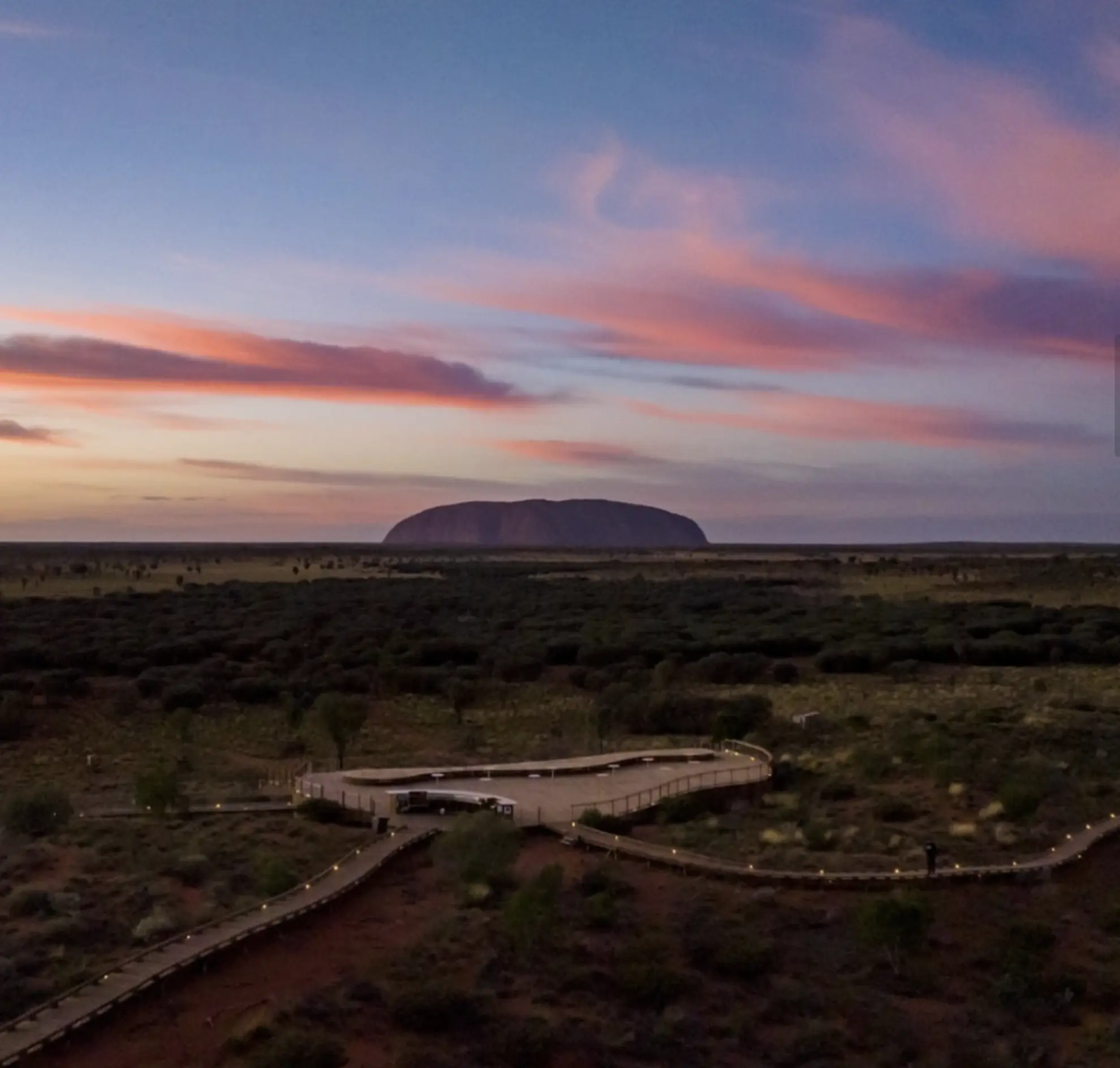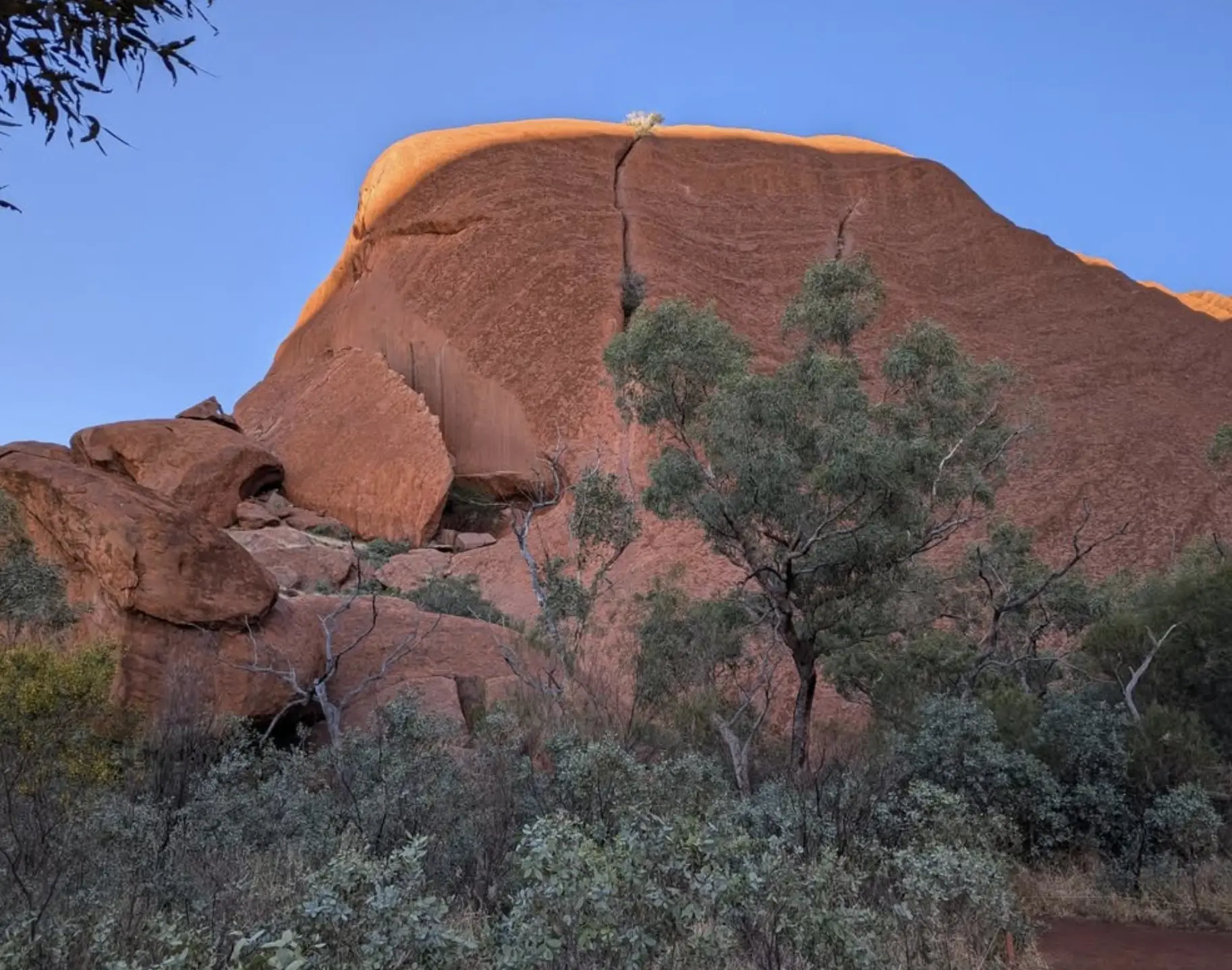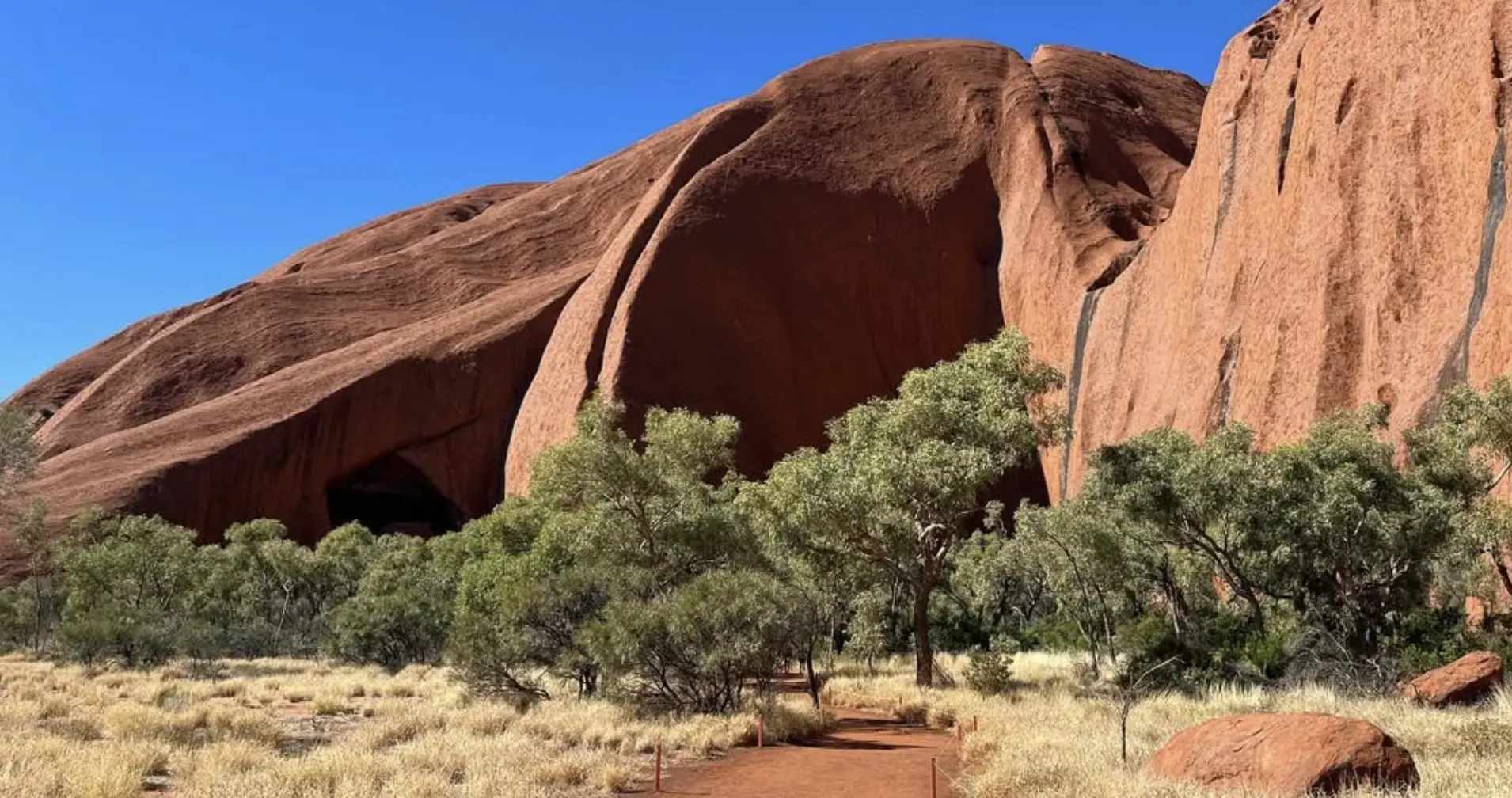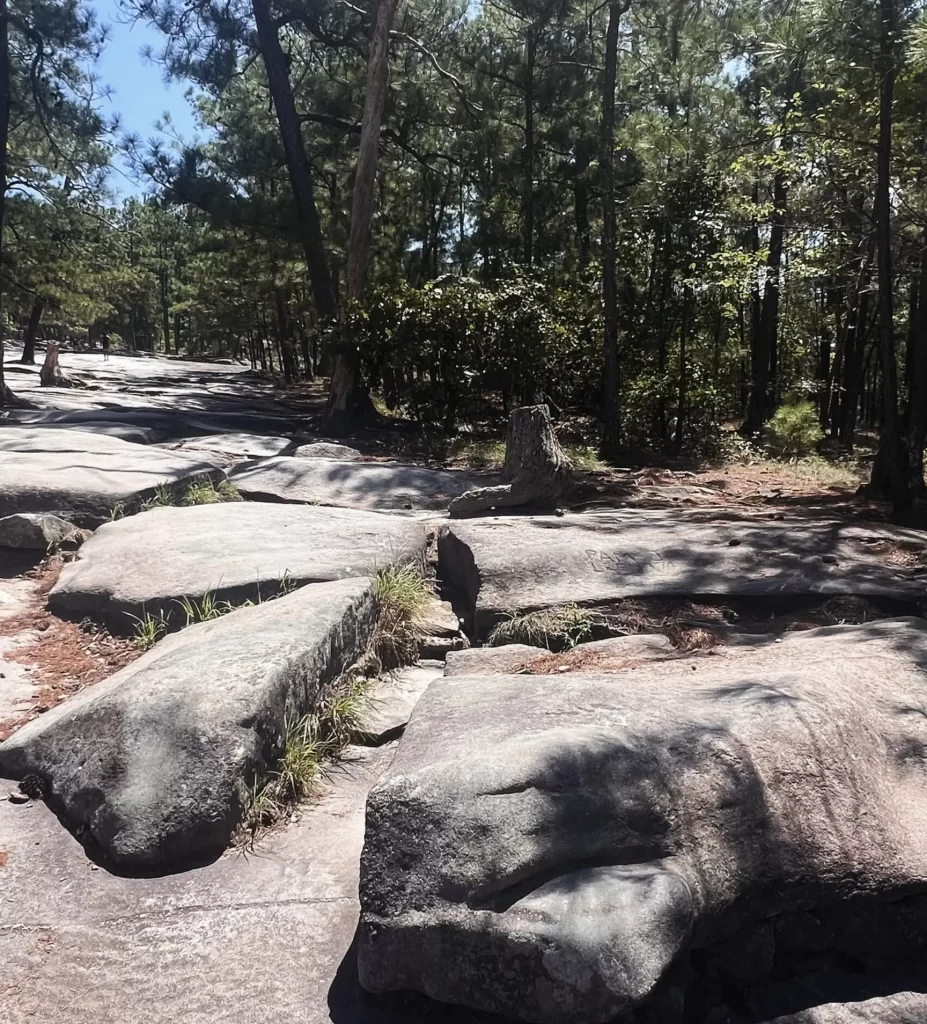When it comes to natural landmarks, few are as impressive as Ayers Rock in Uluru-Kata Tjuta National Park and Stone Mountain in Georgia, USA. These monoliths have been celebrated for their size, cultural significance and natural beauty. But which one is the biggest? Let’s get into the numbers, the history and the magic of these geological giants.

The Contenders: Uluru and Stone Mountain
Uluru
Located in the heart of Australia’s Northern Territory, Uluru (also known as Ayers Rock) is a sandstone monolith revered by the Anangu people. 348m (1,142ft) above the desert floor, 9.4km (5.8 miles) around the base, but two-thirds of it is underground. This giant rock, one of the world’s largest monoliths, has been around for hundreds of millions of years. Nearby attractions include Kata Tjuta (The Olgas) and Kings Canyon, so it’s a tourist destination for a guided Ayers Rock tour book with Autopia Tours.
Uluru is not only a natural wonder but also important to its traditional owners, the Anangu people. It’s part of their creation times and Tjukurpa (Dreamtime stories) which describe the forms of people and animals that emerged during creation. Visitors can learn about its cultural significance, see ceremonial poles used in rituals and reflect on its environmental impacts as a National Park.

Stone Mountain
Stone Mountain, in Georgia, USA is a quartz monzonite dome monadnock. 251m (825ft) above the surrounding area, 8km (5 miles) around the base. Slightly smaller than Uluru but has a larger surface area, about 5km² (1.9 miles²). This granite monolith is an ancient mountain building event, the rock type gives insight into the Earth’s igneous rock formations.
Stone Mountain has Stone Mountain Park and the Atlanta Botanical Garden nearby so it’s a tourist destination. Despite its natural beauty the site is shrouded in historical controversy due to the massive carving of Confederate leaders on its face, a painful reminder of racial injustices in American history. But tourism has brought economic benefits to the area and the debate continues.

How Do They Compare?
| Feature | Uluru | Stone Mountain |
|---|---|---|
| Height (above ground) | 348 meters (1,142 ft) | 251 meters (825 ft) |
| Circumference | 9.4 km (5.8 miles) | 8 km (5 miles) |
| Surface Area | ~3.33 sq. km (~1.3 sq. miles) | ~5 sq. km (~1.9 sq. miles) |
From the numbers Uluru is taller and wider than Stone Mountain, but Stone Mountain has more surface area. The difference is in their geology: Uluru’s sandstone is denser and steeper, and Stone Mountain’s dome shape spreads its bulk out more. Both are monuments to the natural forces that shaped them during their creation.

Cultural Significance
Both are culturally and historically significant. Uluru tours show why it is a sacred site for the Anangu people and part of a UNESCO World Heritage site. It represents Australia’s indigenous heritage and is a reminder of the environmental and spiritual balance maintained by its traditional owners. The National Park around Uluru protects it and allows visitors to experience its importance.
Stone Mountain tells a different story. Its granite monolith is a geological wonder, but its history is tied to America’s racial and political struggles. The carving of Confederate leaders has raised questions about the people depicted in public monuments and their relevance today. Despite the controversy, the park draws millions each year and brings economic benefits to the area.

Which Is Bigger?
It depends on how you define bigger. If height and circumference are your measures, Uluru wins. If surface area is your criteria, Stone Mountain takes the prize. Both are natural wonders and a window into the Earth’s past and the stories of the people who worship them.
FAQ
How tall are Uluru and Stone Mountain?
Uluru is 348m (1,142ft) above the desert floor and Stone Mountain is 251m (825ft) above the surrounding landscape.
Which monolith is bigger?
Stone Mountain covers more surface area at around 5km2 (1.9sq miles) compared to Uluru’s 3.33km2 (1.3sq miles).
Why is Uluru important to the Anangu people?
Uluru is sacred to the Anangu people and features in their creation times and Tjukurpa (Dreamtime stories). It’s a UNESCO World Heritage site and an Australian icon.
What’s the controversy with Stone Mountain?
Stone Mountain has a huge carving of Confederate leaders which has been a point of contention about historical memory and racial injustice.
What are the environmental impacts of tourism on these monoliths?
Both Uluru and Stone Mountain have environmental impacts from tourism. While Parks Australia has sustainable practices at Uluru, the number of visitors can still impact the environment.